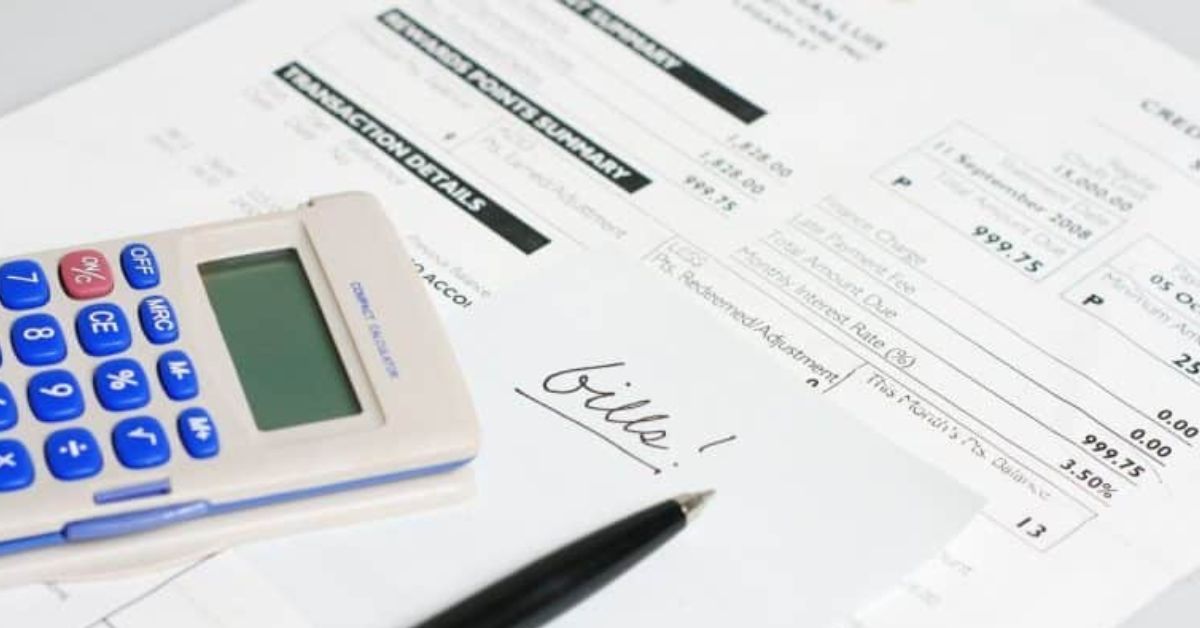Most people who file for bankruptcy are doing so for the first time. If your debts have become overwhelming and you’re considering bankruptcy, you probably have a lot of questions. The bankruptcy process can be confusing, but knowing what it entails beforehand can help you decide if it’s something you want to do.
Here’s a quick rundown of the bankruptcy process:
Set up a meeting with a trustee.
In Canada, you can’t file bankruptcy on your own. Instead, it must be done by a licensed insolvency trustee. Before you file, you must meet with a trustee. This first meeting is free. The trustee will ask you questions about your financial situation and help you decide if bankruptcy is indeed the right option.
A formal bankruptcy is filed.
If you decide bankruptcy is right for you, your trustee will file your bankruptcy with the Office of the Superintendent of Bankruptcy. At this point, your trustee will also notify your creditors that you are bankrupt. By law, they are no longer allowed to contact you and must cease all collection attempts.
Your non-exempt assets are sold.
This is the most unpleasant part of the bankruptcy—all assets that are not exempt from seizure are sold by your trustee. This money is then used to help repay your debts. The good news is, you won’t lose everything. Each province has a list of bankruptcy exemptions, and your trustee will let you know what you can and can’t keep.
You make monthly payments.
Depending on your family size, income, and personal circumstances, you may be required to make surplus income payments to your trustee. These monthly payments are then distributed to your creditors. It’s very important to inform your trustee honestly and accurately of your income. Failure to do so could delay your discharge.
Free Consultation!
Contact us for a free consultation to see how we can help you get out of debt.
Click here to make an appointment for your free consultation.
You attend financial counseling with your trustee.
By law, you will be required to attend two financial counseling sessions with your trustee. These sessions are designed to help you better understand what led to your bankruptcy in the first place and how you can avoid financial problems in the future. You’ll discuss things like budgeting and how to manage credit wisely.
Your trustee reports your bankruptcy to the OSB.
The length of your bankruptcy depends on a number of factors, including whether or not this is your first bankruptcy and if you had to make surplus income payments. Towards the end of the process, which can last anywhere from 9 to 24 months for your first bankruptcy, your trustee will prepare a report for the Office of the Superintendent of Bankruptcy. If you did all that was asked of your during the bankruptcy, including make your payments on time and attend your counseling sessions, your trustee will recommend your bankruptcy be discharged.
The bankruptcy is discharged.
Once your bankruptcy is discharged, your unsecured debts are eliminated and you no longer have to make surplus income payments.
This is a basic overview of what you can expect during the bankruptcy process. Keep in mind that it does vary with each person and province, so make sure you discuss your personal situation with a trustee.



















